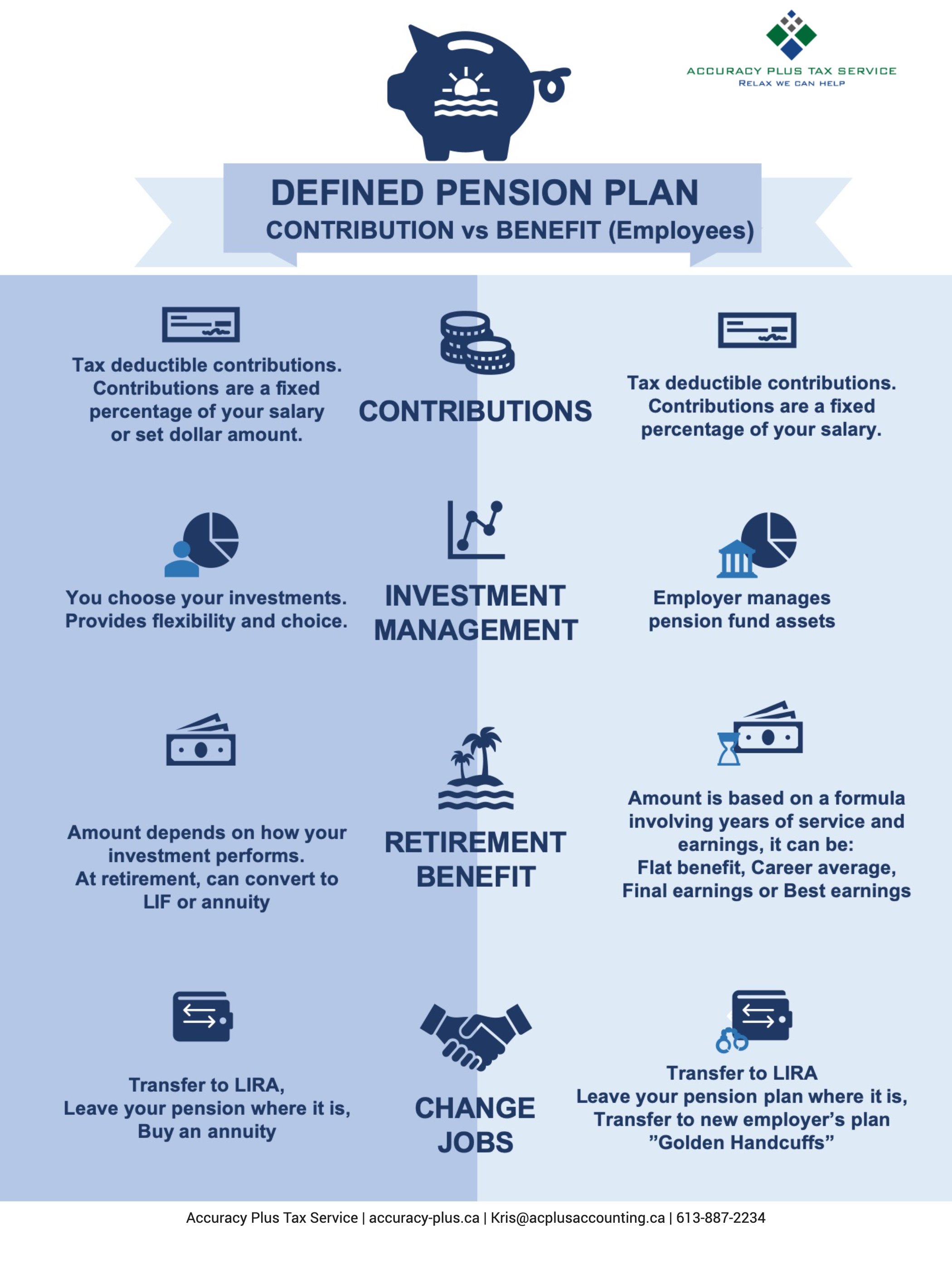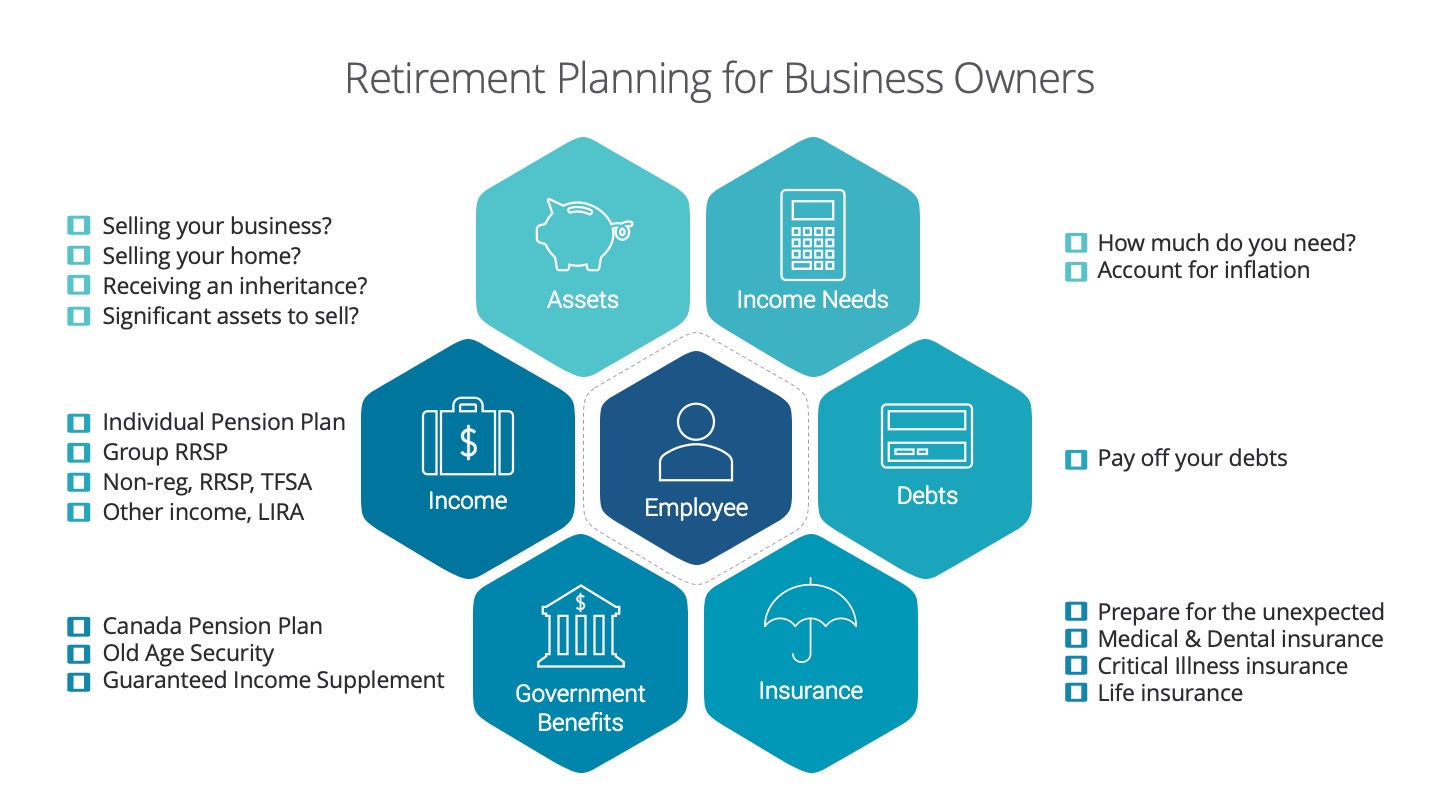Defined Contribution vs. Benefit Pension Plan for Employees

The Key Differences Between a Defined Benefit and Defined Contribution Pension Plan
As an employer, you may be thinking about offering your employees a pension plan. If so, you have two main options: a defined benefit pension plan and a defined contribution pension plan. A defined benefit pension plan offers your employees a set amount of money when they retire, whereas a defined contribution pension plan does not.
There are four key areas you should be aware of for pension plans:
-
Contributions
-
Investment Management
-
Costs
-
Employee Retention
We will walk you through each of these to help give you a better understanding of the differences between the two types of pension plans.
Contributions
In a defined benefit pension plan, both you, the employer, and the employee will contribute to the pension plan. The amount that you will have to contribute each year will depend on what kind of expenses the pension plan has, and the amount of funding it will require that year.
In a defined contribution pension plan, employees contribute a set amount each year into their pension. As an employer, you can choose to match or “top up” their contributions to a set amount that you define in advance.
For both types of plans, contributions are tax-deductible for the employee.
Investment Management
As an employer, you or your pension plan administrator will be responsible for managing the funds in a defined benefit pension plan. This applies whether the employee is actively contributing to the fund or has retired and is receiving funds from it.
With a defined contribution pension plan, you can let your employees choose how they want to invest their funds. This provides your employees with more flexibility and choice and takes the responsibility off you as the employer to manage pension funds. You will still need to arrange to have a selection of funds for your employees to select from.
Costs
In a defined benefit pension plan, an actuary will work with you (approximately every three years) to calculate how much money you will need to cover the pension expenses. The actuary must consider everything from cost of living adjustments to how many employees will be retiring.
In a defined contribution plan, the costs will be lower as less active management is required. Employees will receive whatever amount their investments are worth when they retire.
Employee Retention
Both types of pension plans will help attract and retain employees. Since a defined benefit plan builds in value each year, it is more likely to attract employees interested in staying with your company for a long time. A defined contribution plan will still attract employees – but the pension will be less appealing than a defined benefit plan would be.
The Takeaway
A defined benefit plan will cost you more to set up, maintain, and administer, but offers your employees more stability in their retirement. A defined contribution plan will give you and your employees more flexibility and cost you less to run.
Either type of plan will help you attract and retain employees.



